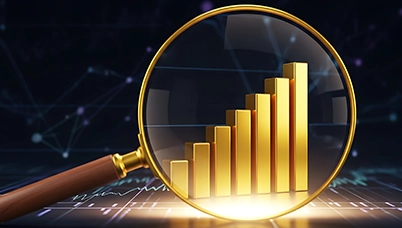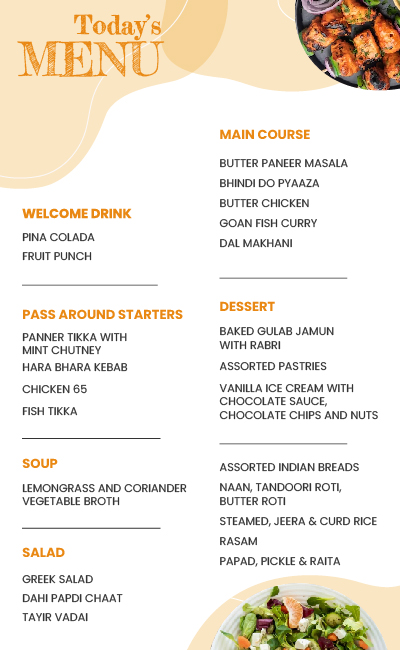An analysis of the effects of the unrest in Egypt on the economy
Posted On Monday, Feb 21, 2011
Would the great Pharaohs have ever thought that the Land of the Nile would one day see such despair? That the land of plenty would someday be plagued with such misery? Now while they lie stone cold and mummified in their monuments of sand and gold, their precious Misr erupts in disparity.
The unrest against dictatorial regimes of North Africa and the Arab world has demanded its share of exclusive attention. And while the outbursts of frustration and despair are echoed all through these provinces, Egypt seems to be the most precarious of the lot. The fall of Tunisia`s dictatorship came as further inspiration for the Egyptians to bring President Hosni Mubarak`s 30 year rule to an end.
The world economies care more about this unrest because the Red Sea`s burning coast holds the possibility to threaten the commercial closure of the Suez Canal, along with the risk of this revolutionary trend spreading to the Arab world`s oil-exporting nations.
Protestors flooding the streets of Egypt are not simply demanding the dismissal of the Mubarak regime; they are actually fighting for their right to make a political choice. As heroic as it may sound, this is quite an uphill battle driven by skyrocketing unemployment and rising food prices. An absolute economic disaster that has made even an obnoxious inflation rate of 10% look good, and needless to say has taken its toll on the youth of the country.
The Start...
Yes, the apparent reason for the revolt seems to be repressive governments; however, there exists a widespread view that the other major cause of the outburst is record food prices.
It`s not a pleasant feeling when you simply don`t seem to have enough money to afford sufficient food - it`s a gnawing feeling more dense than the ever present hunger - a feeling that Egyptians wake each morning to. With rising global food prices creating an even darker situation, 40% of Egyptians have to survive on a mere $2 a day (sometimes even less). And that is just too little to even afford the daily "Eesch" (meaning both bread and life in Egyptian Arabic).
Over the last 6 months food prices have risen sharply in terms of most currencies. Tunisia gave the impending crisis a final push, when it proved that political change could be achieved if the nation demanded for it together. Ironically, the outcome was as tragic as it was glorious. Inflation ensured that families couldn`t be provided for, and threw the hungry out on the streets.
So what really caused this "food inflation"?
Could Ben Bernanke`s ultra-easy monetary stance and the money print game called Quantitative Easing have anything to do with this?
Because it is the world`s reserve currency, any weakness in the dollar impacts financial and commodity markets across the globe. Commodities are priced in dollars, and the Fed has been over-producing dollars over the past few years, which would only imply that the US Treasury is actively undermining the dollar and promoting inflation. And this has caused emerging markets and the food sector in particular to suffering from rampant inflation.
Here are some numbers to help explain the situation better: Over the past year the UN Food and Agriculture World Price Index went up by 28% while the CRB Food Index went up by 45%, and Raw materials moved up 31% over the past year.
Chart: World Food Index

Source:Bloomberg
US - Not alone to blame
The Fed is not completely to blame for inflation problems that occur outside the US.
Yes, the Fed has complete authority to depreciate the US dollar, but how can it lead to a reduction in the purchasing power of any other currency? Only the fundamental attributes and the central bank policy making of a country can lead to a depreciation of its own currency.
Most of the global trade is denominated in dollars and most governments maintain atleast a partial peg to the dollar; hence any devaluation of the dollar has a global effect on countries and exchange rates. Central banks especially from the developing world attempt to restrict significant appreciation in its own currency vis-a-vis the dollar inorder to support its exports.
Therefore, rather than saying that the US exports inflation, it is more appropriate to say that other countries deliberately import US inflation. In doing so, the governments of these other countries hope to gain a short-term advantage for their exporting industries. The problem is that this short-term advantage for one sector of the economy comes at the cost of a long-term inflation problem for the entire economy.
The speculators are the major culprits
The Fed`s Quantitative Easing policies combined with rampant credit growth in China and India has led to increased speculation in commodities. And it is this speculation that has forced food prices up.
In many developing countries (like Egypt) food makes up a much larger percentage of an individual`s income and is felt much more severely than in the U.S.
Prices in Egypt are up 17% because of a worldwide surge in commodity prices that has many factors including the key reason - speculation. After being famed for chasing various assets from housing, stocks to tulips and creating asset bubbles; they seem to be eyeing commodities. The result is the same. At a time when there has been no significant change in the global food supply or in food demand, the average cost of buying food shot up 32% from June to December 2010, according to the UN Food and Agriculture Index. Nothing but price speculation can explain wheat prices jumping 70% from June to December last year when global wheat stocks were largely stable.
Gold - the true rescuer
It`s indeed difficult to get rid of speculators and the biggest of them all, the Fed, until it possesses the control of the currency printing press that creates unlimited amounts of dollars out of thin air. The rising prices of food and raw materials will ensure that inflation continues to affect people all over the world. Gold is the only true hedge available today to hedge against policy makers misguided ideologies, actions and the resultant crisis / inflation created by monetary excesses. As the chart below shows, gold goes a long way, especially against the current rampant food inflation.
Chart: Cost of Food measured in Gold

Source:Bloomberg
Note: The above plot has been calculated using UN Food and Agriculture World Food Price Index / Gold (USD)
Disclaimer:
The views expressed in this article are the personal views of the Fund Manager of Quantum Gold Fund. The views constitute only the opinions and do not constitute any guidelines or recommendation on any course of action to be followed by the reader. This information is meant for general reading purpose only and is not meant to serve as a professional guide/investment advice for the readers. This article has been prepared on the basis of publicly available information, internally developed data and other sources believed to be reliable. Readers are advised to seek independent professional advice and arrive at an informed investment decision before making any investments. Please visit – www.quantumamc.com/disclaimer to read scheme specific risk factors.
Related Posts
-

Gold Monthly for December 2025
Posted On Thursday, Dec 04, 2025
After a series of events and a strong rally in October 2025, gold demonstrated a mixed performance in November 2025, moving back and forth within a defined range.
Read More -

Equity Monthly for December 2025
Posted On Wednesday, Dec 03, 2025
Markets continued the rising trend in October with Sensex gaining 2.2%.
Read More -

Debt Monthly for December 2025
Posted On Tuesday, Dec 02, 2025
As we approach the end of the calendar year, we find ourselves at a pivotal moment, with the market split on the likelihood of an upcoming rate cut.
Read More



